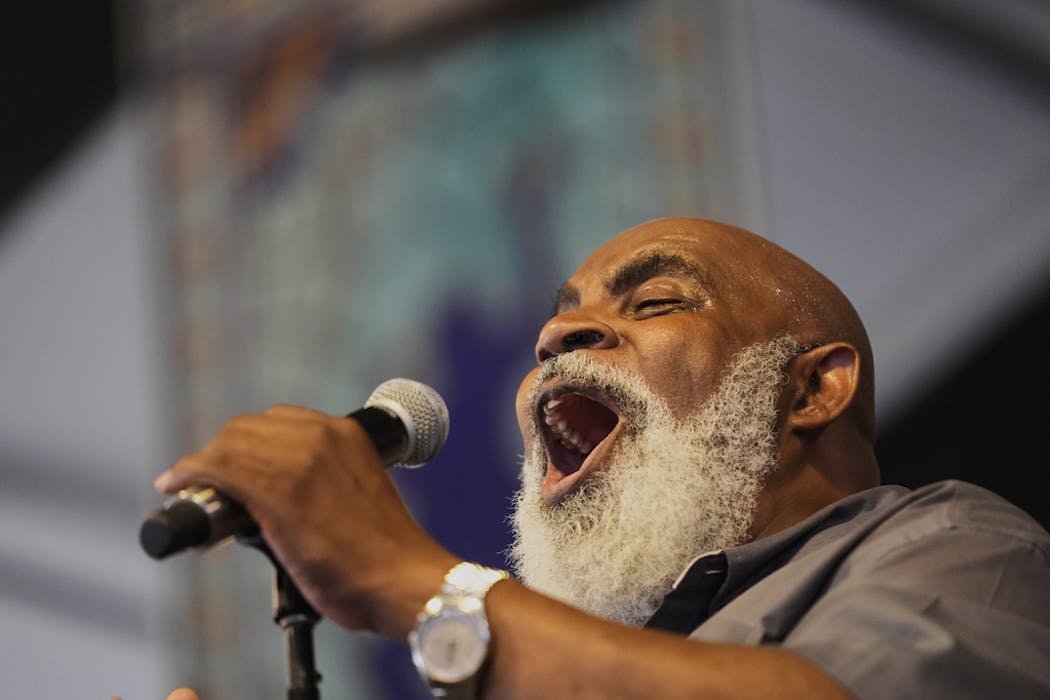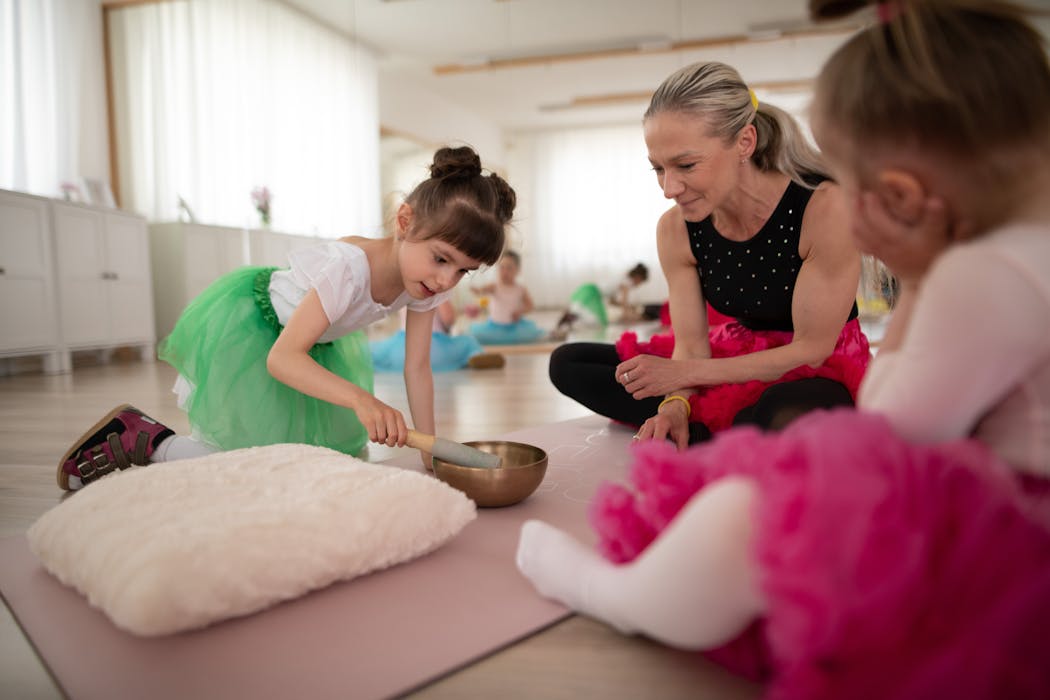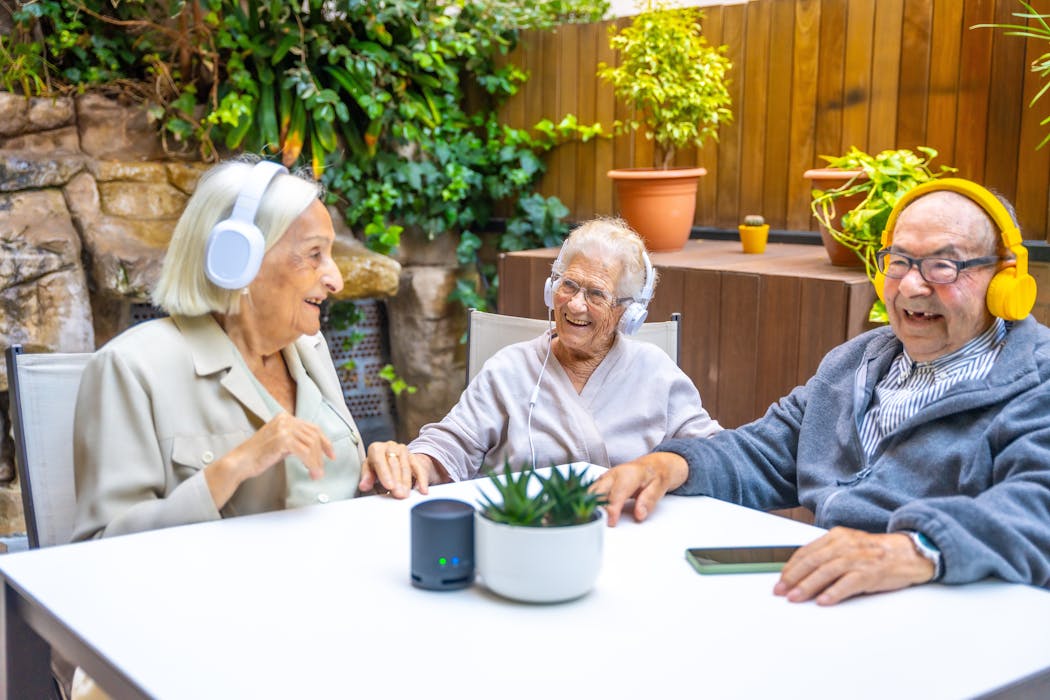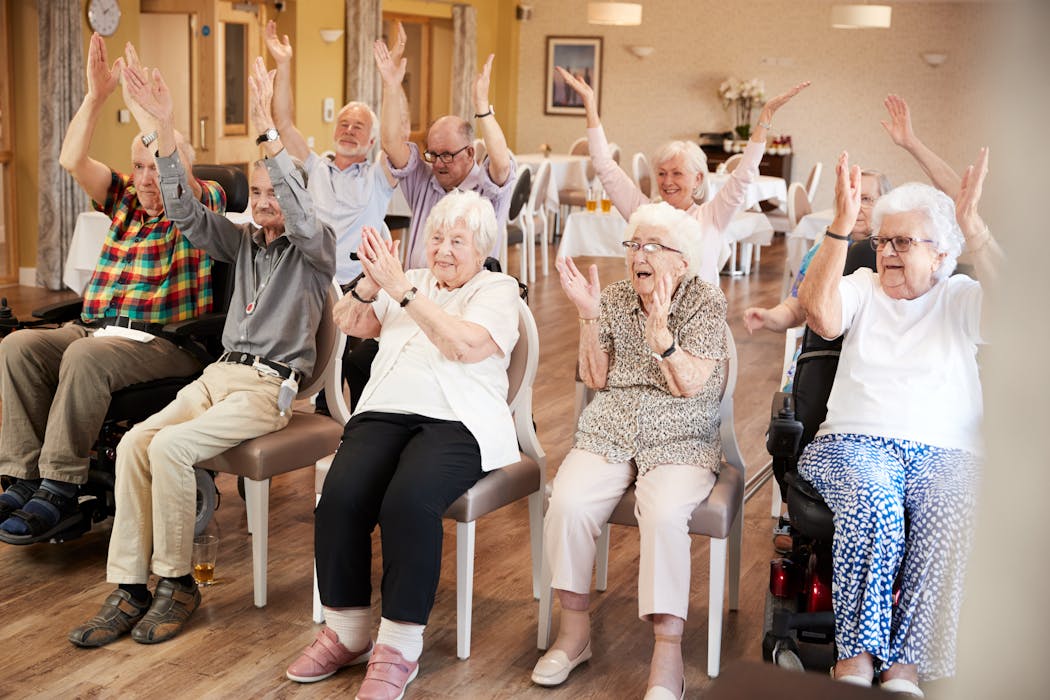Introduction: Understanding Embodied Movement as a Healing Practice
Embodied movement is a practice that involves connecting with and expressing oneself through physical movement. It is a holistic approach to healing that recognizes the mind-body connection and the importance of integrating the two for overall well-being. This article will explore the history of embodied movement as a healing practice, its benefits for physical, emotional, and mental health, and provide examples of embodied movement practices.
Embodied movement has roots in various ancient traditions and practices, such as yoga, tai chi, and dance. These practices have long recognized the power of movement in promoting healing and self-expression. In recent years, there has been a growing interest in embodied movement as a therapeutic tool, with many individuals and professionals incorporating it into their healing practices.
The benefits of embodied movement are vast and encompass physical, emotional, and mental health. Physically, embodied movement can improve flexibility, strength, and balance. Emotionally, it can help release emotional tension and trauma, allowing individuals to process and heal from past experiences. Mentally, embodied movement can reduce stress and anxiety, improve focus and concentration, and promote overall well-being.
The Mind-Body Connection: How Embodied Movement Can Help Heal Emotional Wounds
The mind-body connection is a powerful phenomenon that recognizes the interplay between our thoughts, emotions, and physical sensations. When we experience emotions, our bodies often respond with physical sensations, such as tension, tightness, or discomfort. Embodied movement can help release these physical sensations and allow for the processing and healing of emotional wounds.
Embodied movement practices, such as yoga or dance, provide a safe and supportive space for individuals to explore and express their emotions through movement. By moving the body, individuals can release emotional tension and trauma that may be stored in the body. This can lead to a sense of relief, catharsis, and a greater sense of emotional well-being.
Examples of embodied movement practices for emotional healing include somatic experiencing, a therapeutic approach that focuses on the body’s physical sensations to heal trauma, and expressive dance, which allows individuals to express and release emotions through movement. These practices can be done individually or in a group setting, depending on personal preference and comfort.
The Science of Embodied Movement: Exploring the Benefits of Movement on the Brain and Body
The effects of movement on the brain and nervous system have been extensively studied and documented. When we engage in embodied movement, our brains release endorphins, which are natural painkillers and mood enhancers. This can lead to an increased sense of well-being and a reduction in physical and emotional pain.
Embodied movement also has numerous physical health benefits. Regular movement can improve flexibility, strength, and balance, reducing the risk of injuries and improving overall physical function. It can also help reduce inflammation in the body, which is linked to various chronic health conditions, such as heart disease and autoimmune disorders. Additionally, embodied movement can improve immune function, leading to a stronger immune system and better overall health.
Finding Your Flow: The Role of Embodied Movement in Reducing Stress and Anxiety
Stress and anxiety are common experiences in today’s fast-paced and demanding world. These conditions can manifest as physical tension in the body, leading to discomfort and pain. Embodied movement can help reduce stress and anxiety by releasing physical tension and promoting relaxation.
When we engage in embodied movement, we focus our attention on the present moment and the sensations in our bodies. This can help shift our focus away from stressful thoughts and worries, allowing us to experience a sense of calm and relaxation. Additionally, the physical movement itself can help release endorphins, which are natural stress relievers.
Examples of embodied movement practices for stress reduction include yoga, tai chi, and qigong. These practices incorporate slow, deliberate movements and deep breathing, which can help activate the body’s relaxation response and reduce stress levels. Additionally, practices such as mindful walking or hiking in nature can also be effective in reducing stress and promoting a sense of calm.
Moving Beyond Trauma: How Embodied Movement Can Help Heal Trauma-Related Symptoms
Trauma can have a profound impact on the body and nervous system. When we experience trauma, our bodies often respond with a fight, flight, or freeze response, which can lead to physical and emotional symptoms. Embodied movement can help heal trauma-related symptoms by allowing individuals to reconnect with their bodies and release stored trauma.
Embodied movement practices, such as yoga or dance, provide a safe and supportive space for individuals to explore and express their bodies in a way that feels comfortable and empowering. By moving the body, individuals can release physical tension and trauma that may be stored in the body, allowing for healing and integration.
Examples of embodied movement practices for trauma healing include trauma-informed yoga, which focuses on creating a safe and supportive environment for individuals to reconnect with their bodies, and dance/movement therapy, which uses movement and dance as a therapeutic tool to process and heal from trauma. These practices can be done individually or in a group setting, depending on personal preference and comfort.
The Power of Breath: Incorporating Breathwork into Your Embodied Movement Practice
Breathwork is a powerful tool for physical and emotional healing. It involves consciously controlling and regulating the breath to promote relaxation, reduce stress, and increase overall well-being. Incorporating breathwork into your embodied movement practice can enhance its benefits and deepen your connection with your body.
The benefits of breathwork for physical and emotional health are well-documented. Deep breathing can activate the body’s relaxation response, reducing stress levels and promoting a sense of calm. It can also increase oxygen flow to the brain, improving focus and concentration. Additionally, breathwork can help release emotional tension and trauma that may be stored in the body, allowing for healing and integration.
To incorporate breathwork into your embodied movement practice, start by focusing on your breath and bringing awareness to the sensations of inhaling and exhaling. You can experiment with different breathing techniques, such as deep belly breathing or alternate nostril breathing, to find what works best for you. As you move your body, continue to focus on your breath and allow it to guide your movements.
Examples of embodied movement practices that incorporate breathwork include yoga, where breath is synchronized with movement, and tai chi, where slow, deliberate movements are coordinated with deep breathing. These practices can help deepen your connection with your body and enhance the healing benefits of embodied movement.
Embracing Your Authentic Self: How Embodied Movement Can Help You Connect with Your Inner Truth
Embodied movement is a powerful tool for self-expression and authenticity. When we move our bodies, we tap into our inner truth and connect with our authentic selves. This can lead to a greater sense of self-awareness, self-acceptance, and overall well-being.
Embodied movement allows individuals to express themselves in a way that feels authentic and true to who they are. By moving the body, individuals can release physical and emotional tension, allowing for a greater sense of freedom and self-expression. This can lead to a deeper connection with oneself and a greater understanding of one’s needs, desires, and values.
Examples of embodied movement practices for self-expression and authenticity include improvisational dance, where individuals are encouraged to move freely and express themselves without judgment, and expressive arts therapy, which uses various art forms, such as dance, music, and visual arts, to explore and express emotions and experiences. These practices can help individuals connect with their inner truth and embrace their authentic selves.
The Healing Power of Community: Exploring the Benefits of Group Embodied Movement Practices
Embodied movement practices can be done individually or in a group setting. Practicing embodied movement in a group setting can have numerous benefits, including building community and connection, providing support and encouragement, and enhancing the healing experience.
When we practice embodied movement in a group setting, we have the opportunity to connect with others who share similar interests and experiences. This can create a sense of belonging and community, which is essential for overall well-being. Additionally, practicing in a group setting can provide support and encouragement, as individuals can learn from and inspire one another.
Examples of group embodied movement practices include group yoga classes, dance workshops, and tai chi groups. These practices provide a supportive and inclusive environment for individuals to explore and express themselves through movement. They also offer the opportunity to connect with others and build meaningful relationships.
Embodied Movement as a Tool for Self-Expression and Creativity
Embodied movement is closely linked to creativity and self-expression. When we move our bodies, we tap into our creative potential and express ourselves in a unique and authentic way. This can lead to a greater sense of self-discovery, self-expression, and overall well-being.
Embodied movement practices provide a safe and supportive space for individuals to explore and express their creativity. By moving the body, individuals can tap into their intuition, imagination, and unique creative expression. This can lead to a greater sense of self-discovery and a deeper connection with one’s creative potential.
Examples of embodied movement practices for creativity and self-expression include improvisational dance, where individuals are encouraged to move freely and express themselves without judgment, and creative movement workshops, which combine movement and artistic expression to explore and express emotions and experiences. These practices can help individuals unlock their creativity and embrace their unique self-expression.
Conclusion: Embracing the Journey of Self-Discovery through Embodied Movement
Embodied movement is a powerful tool for self-discovery and healing. It allows individuals to connect with their bodies, express themselves authentically, and tap into their creative potential. By engaging in embodied movement practices, individuals can experience physical, emotional, and mental health benefits, leading to overall well-being and a greater sense of self.
It is important to explore different embodied movement practices and find what works best for you. Whether it’s yoga, dance, tai chi, or any other form of movement, the key is to find a practice that resonates with you and allows you to connect with your body and express yourself authentically. Embodied movement is a journey of self-discovery and healing, and it is a journey worth embracing.
Find out how Torongo Therapyplus can help you with your needs. Get in touch with us at smile@torongo.life, or call us on 02 8809 9965.































